Author:MakerPRO/陸向陽
In the fields of entrepreneurs and makers, most people are already familiar with 3D printing, laser engraving and other manufacturing technologies. But they may not be such familiar with vacuum forming technology and thermoplastic machines.

New Maker machines continue to come out, not only lowers the threshold for development and design, but also makes it feasible to start a small and diverse business model.
The principle of vacuum thermoforming is to heat a thin piece of plastic material evenly, then place the mold to be formed on a platform with lots vent hole, then lay the heated plastic sheet flat on the mold, through the suction device installed under the platform, the heated and softened plastic sheet will be attracted by suction and completely lay on the shape, and wait for cooling and hardening to form a hard plastic shell.
Wooden vacuum forming machine
In 2012, on the well-known crowd funding site Kickstarter, someone first launched a fundraising campaign for a desktop vacuum forming machine, using wood to build a simple forming machine for about $75 each with the goal of $1200, but failed. However, as you can see from the video in the link, apart from this machine, the rest of the devices needed for the thermoplastic process still have to be made by oneself or by hand, such as heating the plastic sheet in a home cooking oven, vacuuming the plastic part in a home vacuum cleaner, etc. It is still in the "all homemade version" stage.

Photo of wood thermoplastic machine(Source:Kickstarter)
After watching the video, you can probably understand that the thermoforming process can create many things, such as plastic cups, stationery boxes, three-dimensional maps, masks, potted plant shells, plaster molds, ice boxes, chocolate molds, single-board computer (such as Raspberry Pi) cases, etc. Especially after the prevalence of 3D printing, the shape of the object can be generated in 3D, and then use the forming machine to create its shell.
However, it should be noted that the 3D printed molds are not heat-resistant. During the thermoforming process, the mold will be heated by the cover of the thermoplastic sheet. Fortunately, the plastic plate is only a thin sheet. The printing mold will not deforms rapidly. PLA mold can be used for about 3-5 times, ABS mold can be used 30-50 times, and SLA mold has the opportunity to withstand more than a hundred times.
Initiated crowd funding projects for forming machines
After the failure of fundraising for the simple forming machine in 2012, another new generation of simple molding machine, Kevo, was launched in 2015. This time it was realized with acrylic material instead of wood. This project successfully reached the fundraising goal (a total of US$6,862, and the early bird price is US$45), and they even established 'Creation Hardware' company for continuous supply and sales.

Acrylic thermoplastic platform - Kevo(Source:Kickstarter)
Perhaps Kevo’s success has brought incentives. Therefore, in 2016 Mayku Industries launched the FormBox on Kickstarter, which officially brought " The product concept of "A Desktop Vacuum Former".
FormBox still uses household vacuum cleaners to as the vacuum fource, but the heating and forming procedures for plastic sheets have begun to be standardized, instead of using household ovens and manual forming. FormBox successfully raised more than $580,000 in funding, with an early bird price of only $349, and the retail price is 699 Euros.
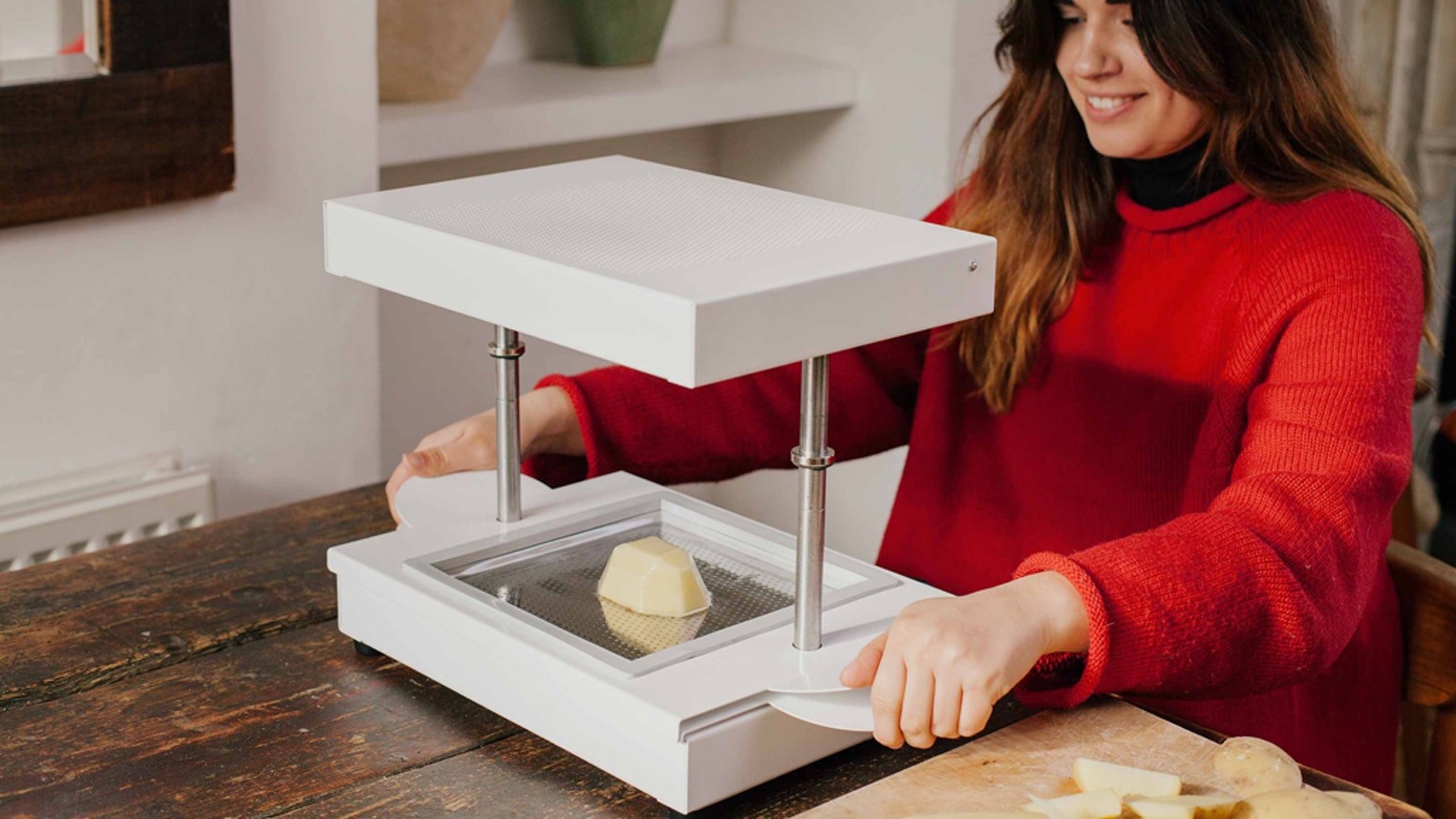
Household vacuum former - Formbox(Source:Kickstarter)
In 2017, Vaquform launched the "Desktop Digital Vacuum Forming Machine" to raise funds and advertised as "the world's first digital home desktop model". It successfully raised more than US$210,000 in funds with an early bird price of US$539. Then the retail price is $985.
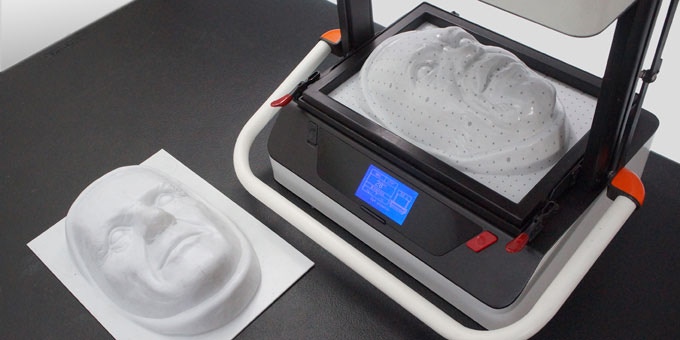
Digital household desktop vacuum former - Vaquform(Source:Kickstarter)
The forming machine that introduced industrial automation and standardized elements seems to be more and more successful, but there are also examples of setbacks. The Thermo-Rig fundraising project in 2018 is also an automated molding machine with a goal of $50,000. However, the project was later cancelled. Fifty people supported the project, and about $22,000 been raised.
In addition to the above projects, there are many other forming machines that have been inspired by the market, such as the EZFORM series from Centroform in the US, the EGO form series from DAMO in Taiwan, the V.Former from Japan, and the 450DT from Formech in the UK, etc. Let the small desktop vacuum former becomes more popular.
A new brand from Taiwan — MY YARD FORMART、FORMART lite series
As more industry players join, people are beginning to care about how these new models make thermoplastic products closer to industrial-grade products. In response to this, Taiwan's MY YARD TECH has launched the FORMART and FORMART LITE series of products, which can be described as more mature and in place for home desktop vacuum forming machines, with many key improvements.
1. Flexible material selection
In terms of materials, people expect to have more flexibility, various sizes, more colors, more thickness options, etc. For this, FORMART Lite provides A4(12"x8") size, FORMART even up to A3+ size, in contrast, other models are positioned at smaller forming sizes. In addition, FORMART can accept 4 different sizes of plastic sheets, which is more flexible than a single size machine.
2. Professional function: industrial grade carbon fiber quartz heater
Specialized professional features are the key to differentiation. For vacuum forming machines, the most important thing is "heating" technology, that is, whether the quickly and uniformly heating capability. Compared with some models that use metal tubes or ceramic heaters, FORMART/ FORMART lite both use industrial-grade carbon fiber quartz heaters. The heating time is only 1/3 compare to others. In addition, the uniform temperature heating feature ensures that the forming quality is as exquisite as a professional machine.
3.Professional function: hybrid pumping technology
The pump technology is also an important key. It depends not only on the maximum pressure of vacuum, but also on the flexibility of suction adjustment. Among them, FORMART has a built-in DC brush-less pump and a AC induction pump, which not only provides industrial-grade suction power of -90KPA, but also provides three suction options; its built-in digital vacuum sensor allows users to define the vacuum level of FORMART. You can use simple materials to make molds, and the creation can be completed quickly. Although the FORMART lite relies on an external vacuum cleaner or vacuum pump, it can also control the flow rate of the external vacuum source and provide two suction options.
Conclusion
The debut of FORMART is a new milestone of the desktop vacuum forming machine. A small professional version redefined between the simple model and the professional model. The beginners can start from FORMART lite; for professional uses, FORMART may be a more suitable choice especially for small volume production; and designers such as hand-made, cultural and creative, etc. can use it for rapid prototyping, and no more worry about the minimum order quantity (MOQ) requirement.
What impact will the smart vacuum forming machine have on the maker market? We are full of expectations for the follow-up development.
(This article is reproduced with permission from MakerPRO,Original)
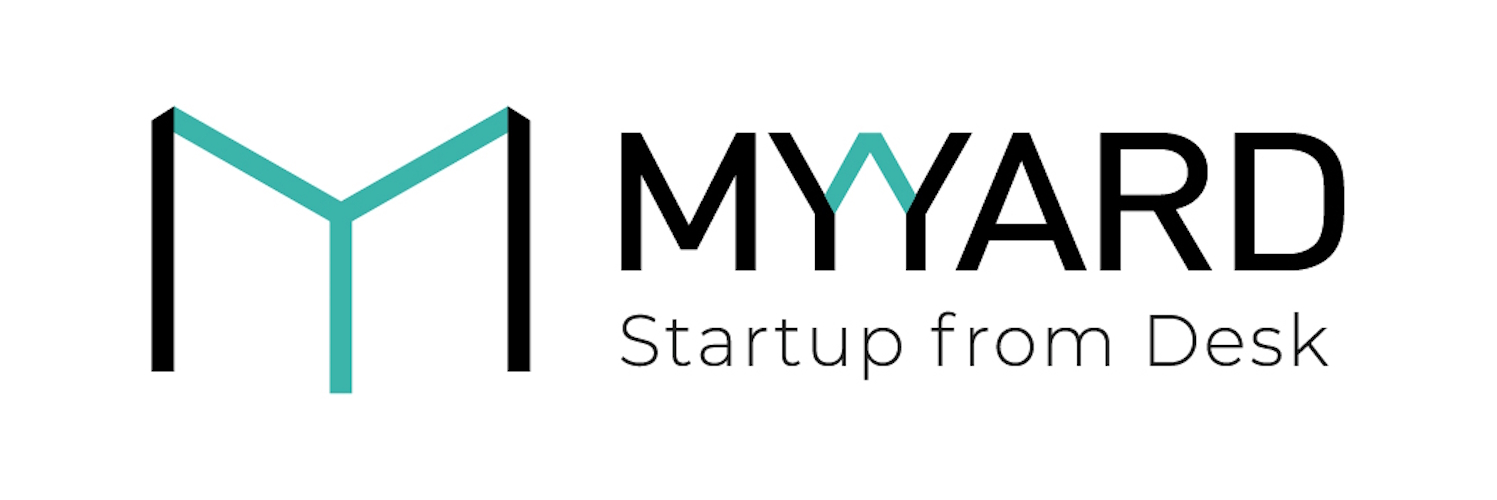
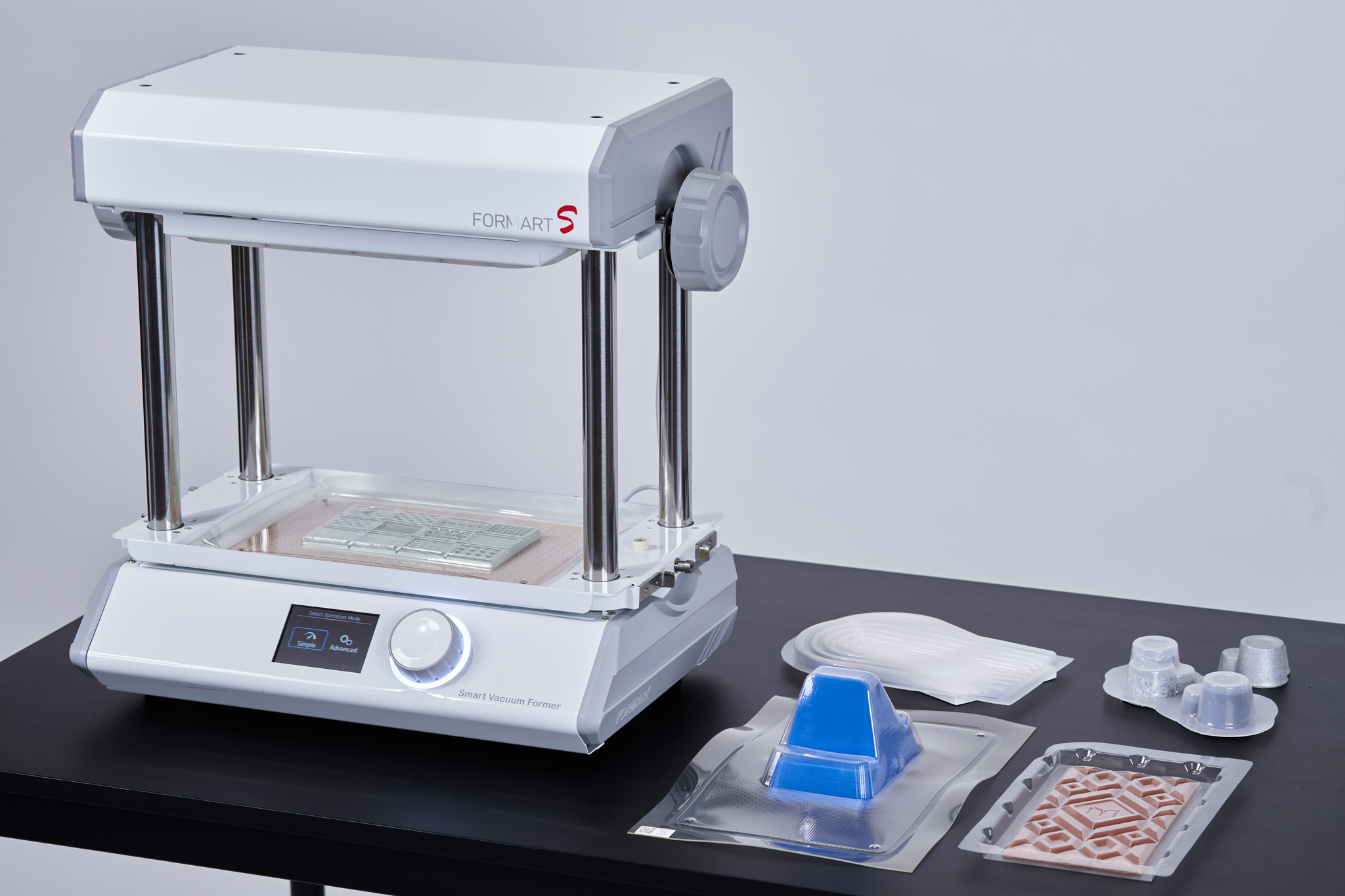
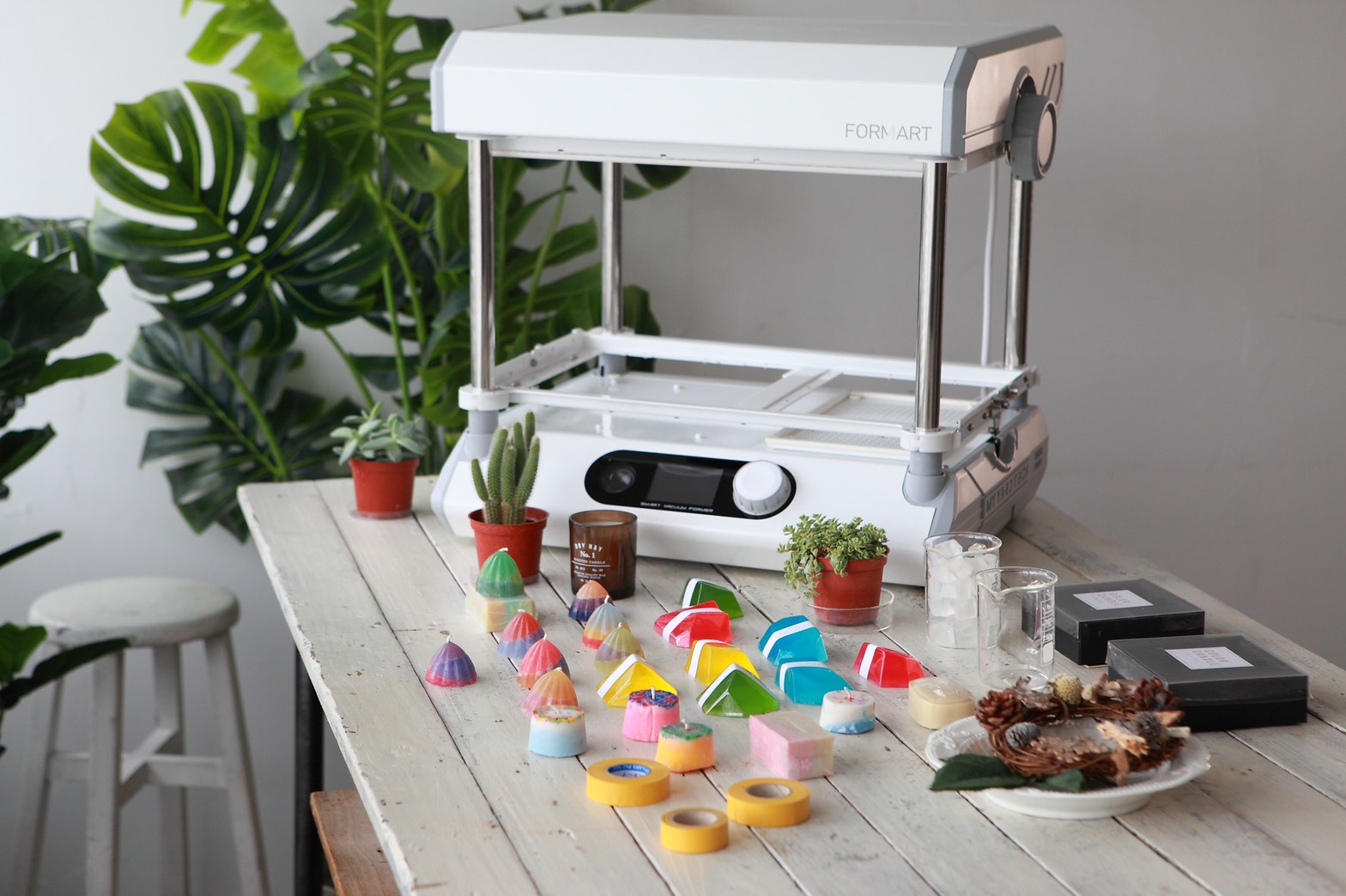
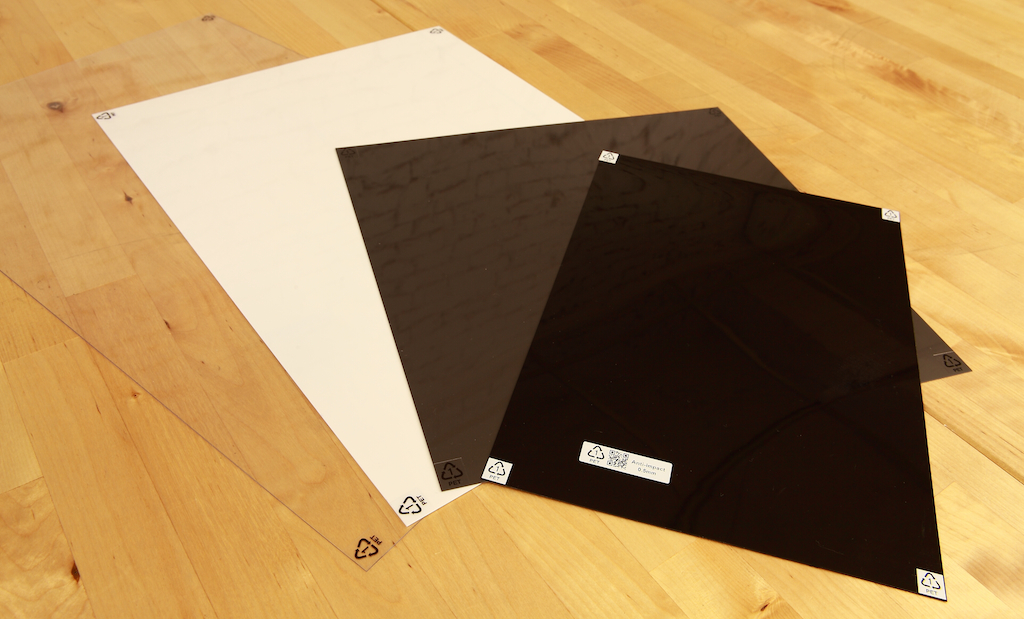

No Comments